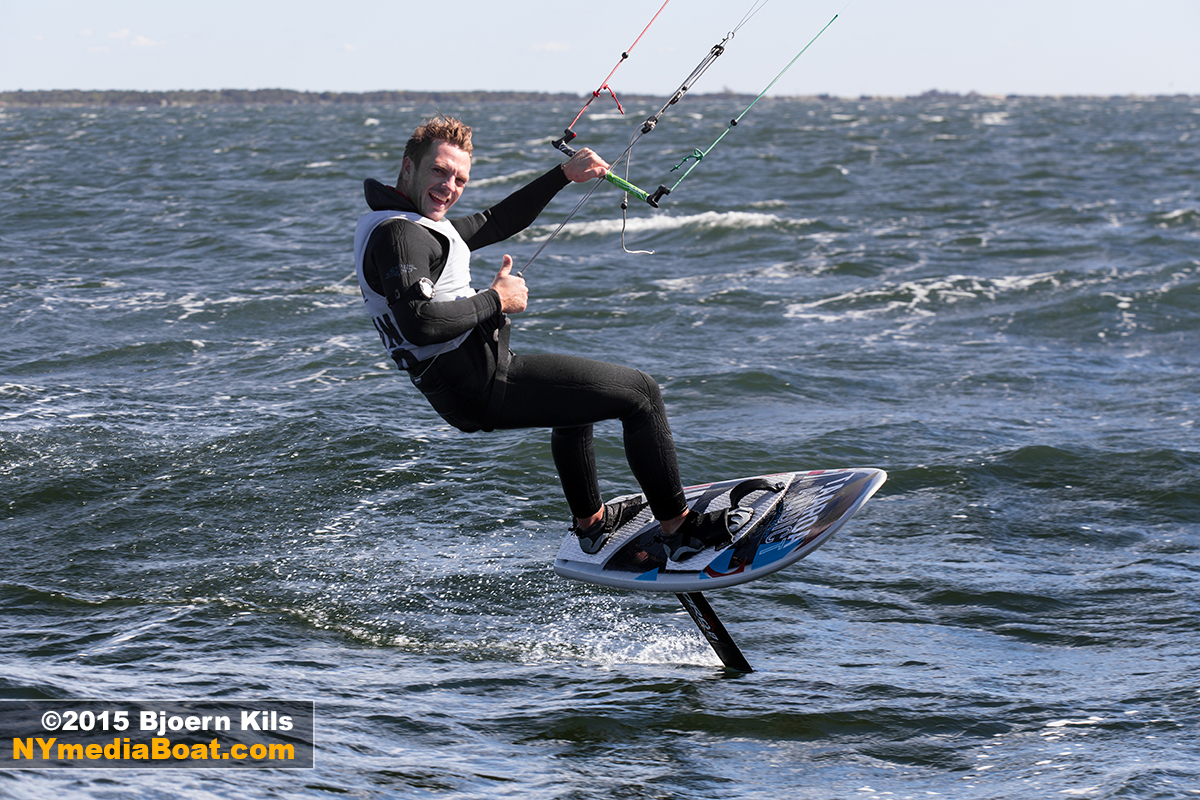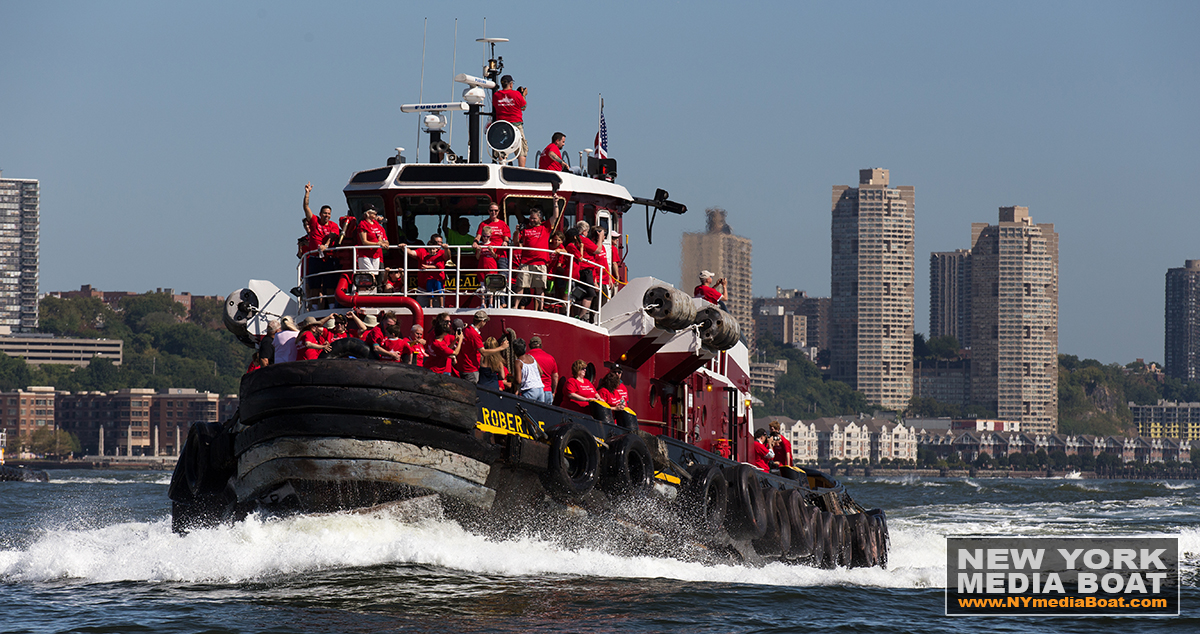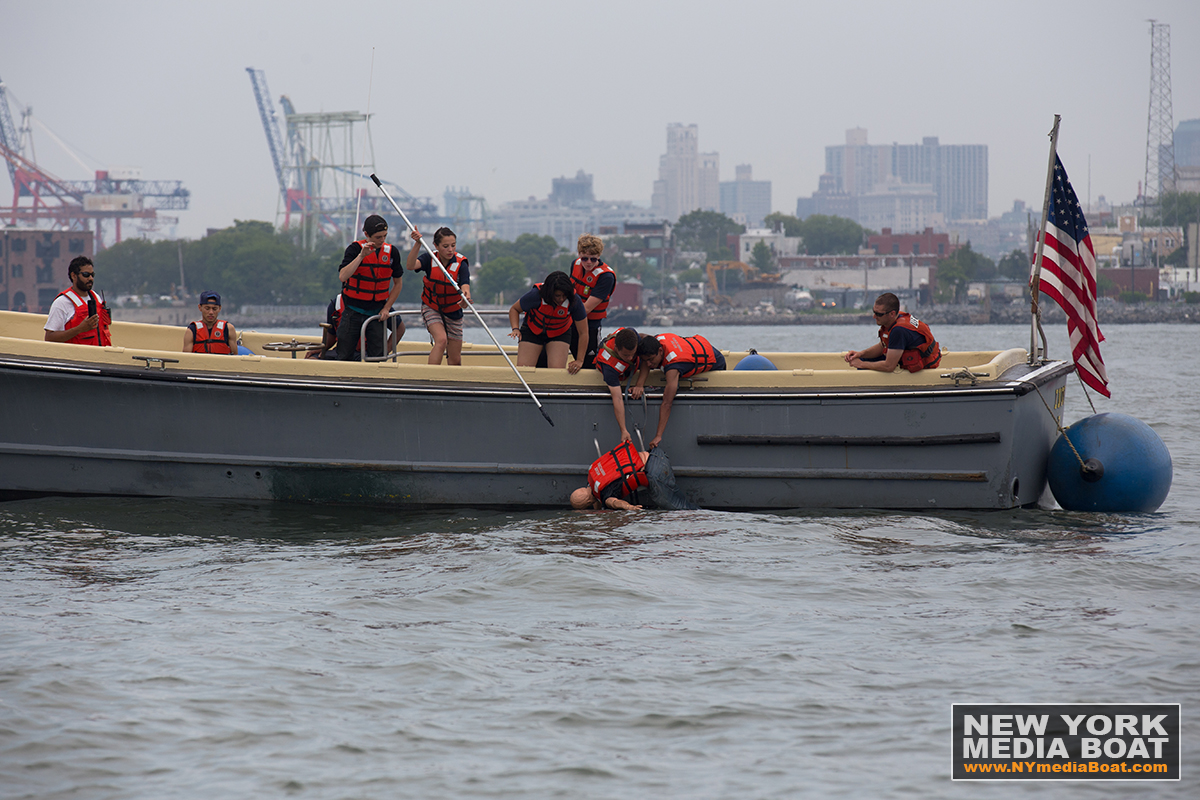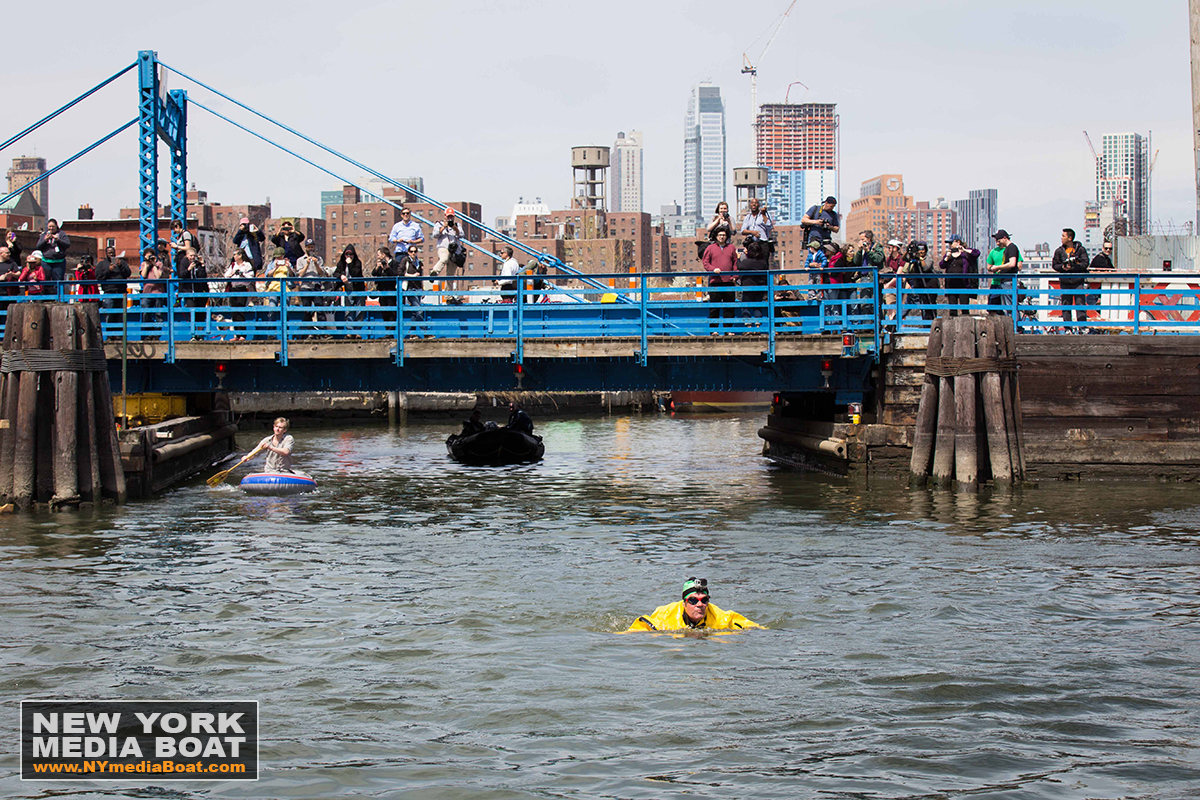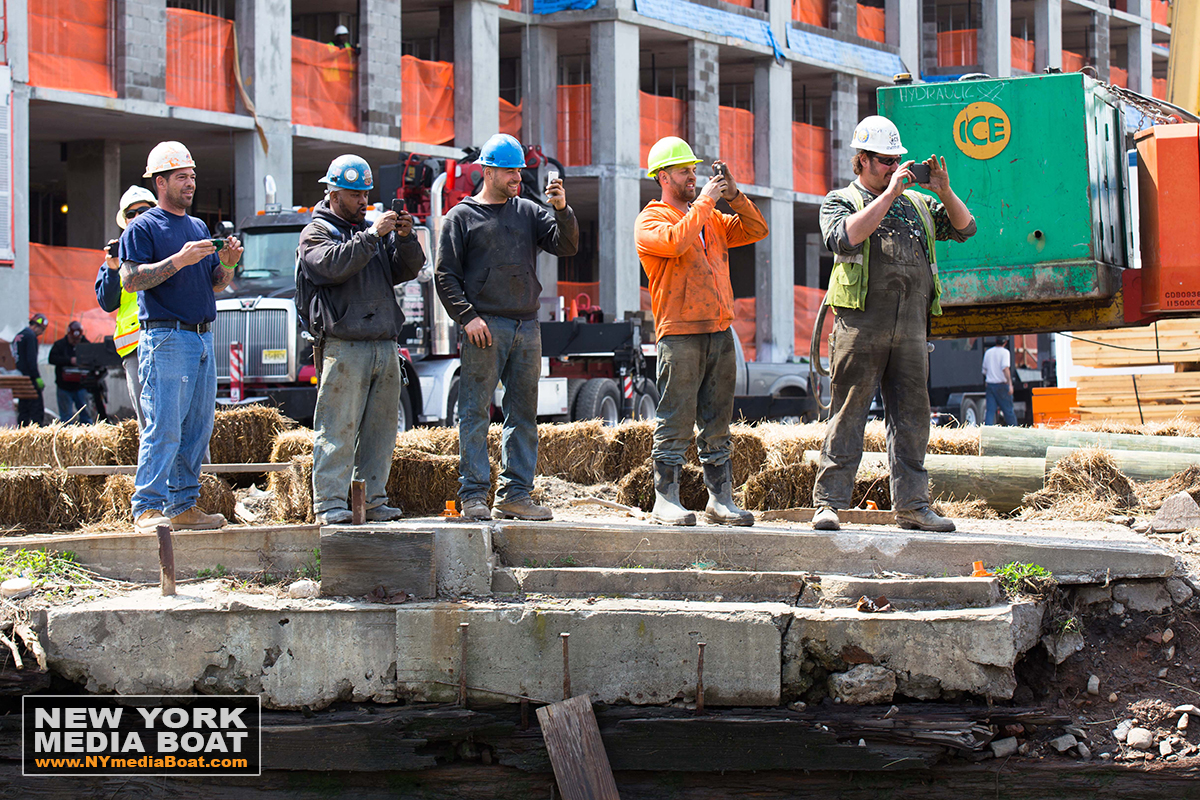With her shrimp-colored outriggers and a home port of Seaford, Va., it wasn’t hard to wonder what a boat like Carolina Queen III was doing so far up north when she ran aground in a storm near Rockaway Inlet on Long Island last week.
Turns out she was chasing the nation’s most lucrative fishery: sea scallops, which, in 2014, amounted to a $400 million market.
“It’s a pretty mobile fleet,” said Deirdre Boelke, the sea scallop fishery analyst for the New England Fishery Management Council, explaining that the fishery spans an area from North Carolina to Maine, and that scallops prefer a depth of about 50 meters, or 150 feet.
“It wouldn’t be irregular for a Virginia boat to fish south of Long Island or off the coast of New York or New Jersey,” she added. “It’s a typical area for scallop fishing.”
She added that the title of most lucrative fishery "goes back and forth with lobster" -- although that fishery is managed by individual states. So in terms of "completely federally managed fisheries, by revenue, scallop is the highest."
But that may be changing. Scallop market revenue is down from $600 million in 2011. Similarly, total pounds harvested is down, from about 60 million in 2012, to 33 million in 2014 -- a level not seen since 2001.
“After a few years of great fishing, the larger scallops have been depleted -- that’s to be expected -- and the fishery is waiting for the smaller scallops to grow to a more harvestable size,” said Emily Gilbert, scallop fishery expert at NOAA Fishery Service. “There have been a lot of small scallops seen in surveys in recent years and management has been focused on protecting them for future harvest.”
Catch limits were lowered during these last few years, Gilbert said.
The New York Bight actually has the largest abundance of “open area” scallops. That’s opposed to “access areas” where hauls are subject to annual weight limits -- 51,000 pounds this year. Open areas, on the other hand, are limited to days-at-sea, which totaled about 31 days in 2015.
Both measures are down from a high of 72,000 pounds in 2012, and 38 days in 2010, respectively.
“This is a very healthy resource overall,” Boelke said, “but it is a natural resource that fluctuates from year to year, so some variation is to be expected.”
The figures aren’t out yet, but experts are expecting the downward trend in pounds and revenues to continue in 2015.
Despite the declines, scallop boats are still making a decent living, averaging earnings of $1 million to $1.5 million annually, Boelke said.
The squeezed supply is driving historical high prices. Scallops are fetching about $12 per pound at a landing, up from $8 per pound just 5 years ago.
Boelke said there’s evidence that the fishery is on the mend: “In 2014 and 2015, we have seen above-average recruitment” -- that’s fishery-speak for growth of new scallops -- “so in a few years after those above-average year classes grow, landings and revenues are expected to increase again.”
Experts remain hopeful for signs of a recovery by 2017 or 2018, and the fishermen aren’t panicking just yet.
“The stock is healthy, and fishermen are making good money,” said Ron Vreeland, operations manager at Viking Village, one of the largest seafood producers in New Jersey.
Vreeland said the scallop fishery has been “a great success” and “one of the best models of rules and regulations working to benefit everyone.”
Overfishing was a major problem for the scallop fishery in the 1970s, but a federal management plan implemented in 1982 and subsequent revisions in the 1990s and 2000s have helped the animal bounce back, and have made the fishery profitable once again.
"It's a fast-growing animal, and it's very reproductive, so it bounced back quickly after we put management in place," Boelke said. "It's still a very stable, lucrative fishery."























































